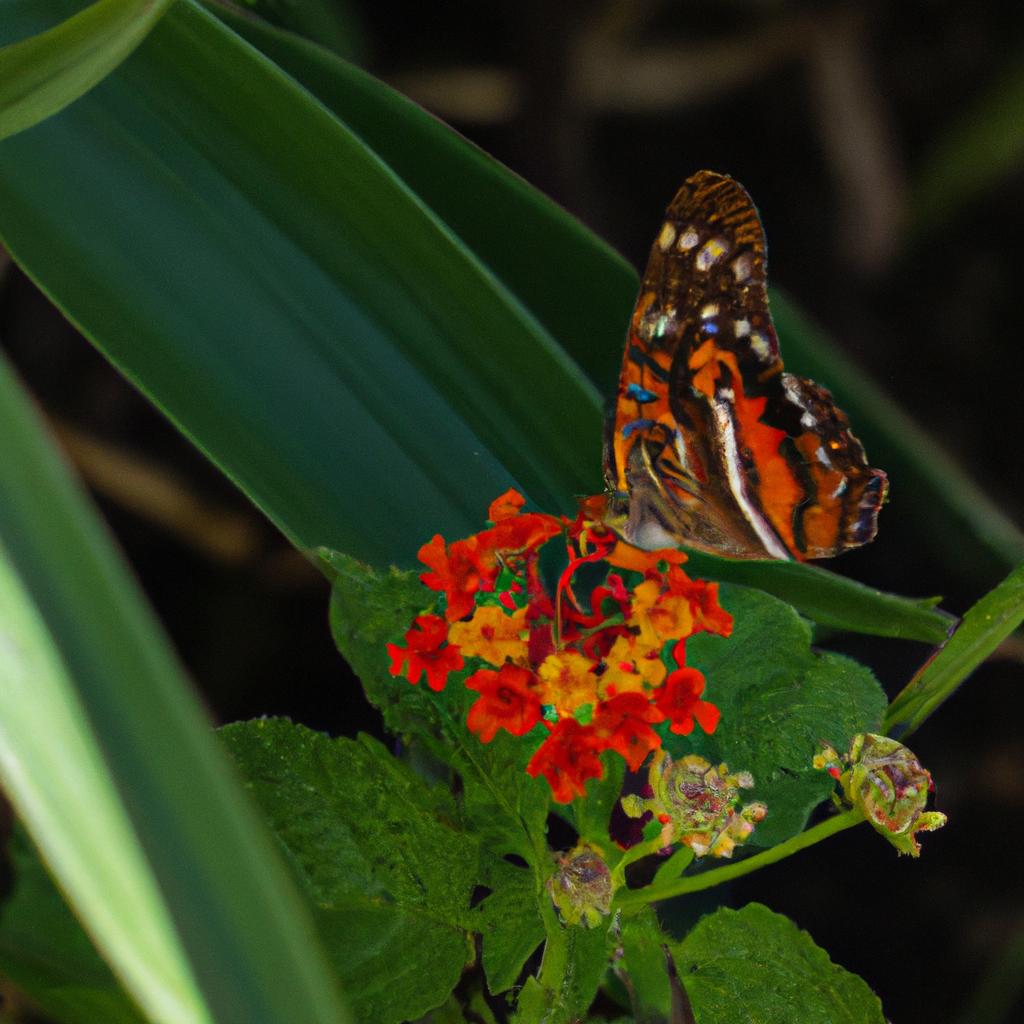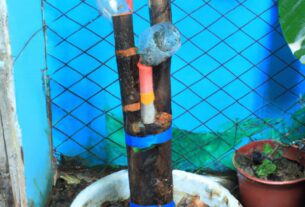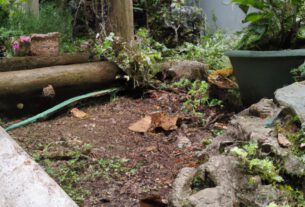Gardening goes beyond being a mere hobby or a means to beautify your yard. It presents an incredible opportunity to welcome nature’s most captivating creatures into your home. Garden wildlife refers to the diverse array of animals, insects, and birds that choose to make your garden their sanctuary. These enchanting creatures infuse life into your surroundings, and when you support their habitat, you foster a flourishing ecosystem.
The Marvelous World of Garden Wildlife
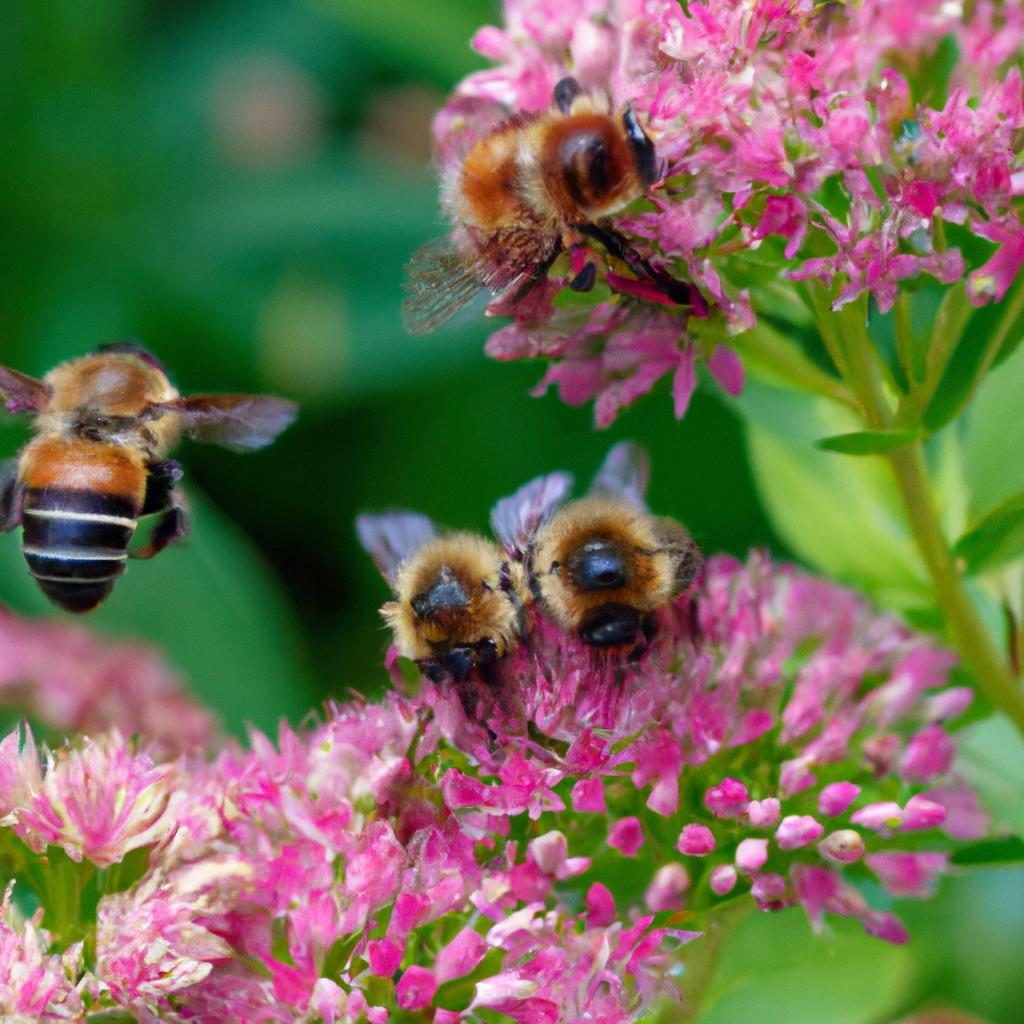
Busy bees hard at work pollinating flowers in a garden
The backyard is brimming with an assortment of garden wildlife that is both abundant and varied. Here are some of the most common types you may find:
Birds
Birds are the quintessential garden wildlife, adorning your outdoor space with vibrant colors, graceful movements, and melodic serenades. Besides their aesthetic appeal, they contribute to pollination and pest control by feasting on insects. You can attract birds with bird feeders and birdhouses, while planting trees and shrubs that yield berries and fruits will also catch their attention.
Butterflies
Butterflies are stunning garden wildlife that effortlessly bring beauty and vitality to your garden. They play a crucial role in pollination and can be lured into your garden by planting nectar-rich flowers. Some of the best plants to attract butterflies include butterfly bushes, coneflowers, and zinnias.
Bees
Bees are pollination superheroes, instrumental in ensuring the health and productivity of plants. By attracting bees to your garden, you enhance its yield and overall well-being. Flowers like lavender, marigold, and sunflowers serve as irresistible invitations to these invaluable creatures.
Ladybugs
Ladybugs are beneficial insects that act as guardians of your garden by controlling aphids and other pests. Planting flowers such as daisies and fennel can help attract ladybugs. You may even consider purchasing ladybugs from nurseries to release them into your garden for a natural pest control solution.
Hedgehogs
Hedgehogs are nocturnal garden wildlife that feed on insects and slugs. Encouraging these spiky creatures to visit your garden involves leaving out food, such as cat food or hedgehog food. Creating a hedgehog house using a wooden box and some hay provides them with a secure habitat to settle in.
Squirrels
Squirrels are a common sight in gardens and can be enticed with a variety of feeding options. Squirrel feeders or offerings of nuts and seeds will encourage them to frequent your garden. In addition to their entertainment value, squirrels aid in the distribution of seeds and nuts, stimulating plant growth throughout your garden.
The Plethora of Benefits
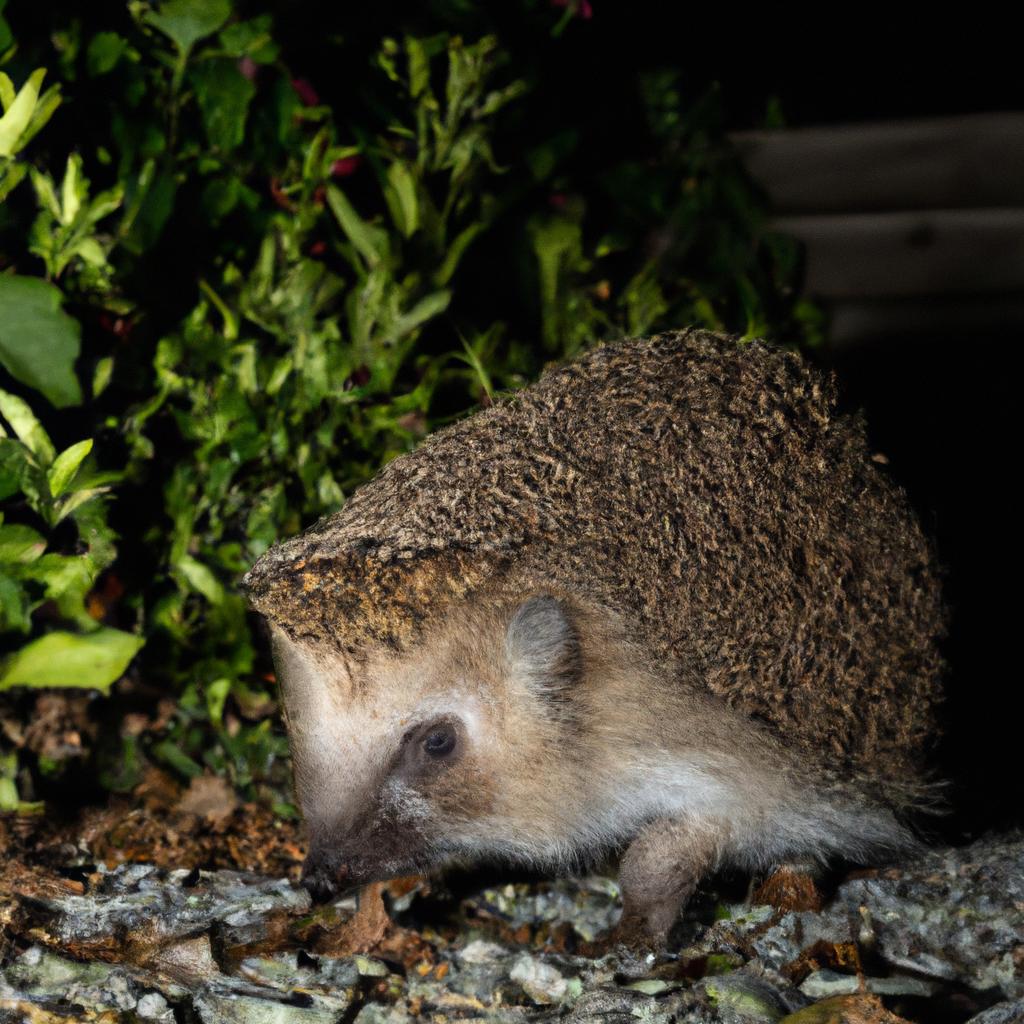
A nocturnal hedgehog exploring a garden under the moonlight
The presence of garden wildlife in your backyard yields numerous advantages. Here are some of the most significant benefits:
Pollination
Pollination is pivotal for robust plant growth, and the garden wildlife, particularly bees and butterflies, act as essential pollinators. Attracting these remarkable creatures to your garden heightens its productivity and overall health.
Pest Control
Many garden wildlife species, including ladybugs and birds, are natural pest controllers. By inviting these helpful creatures into your garden, you can reduce reliance on harmful pesticides that negatively impact the environment and other garden wildlife.
Natural Fertilizer
Garden wildlife, such as earthworms and decomposers, play a vital role in breaking down organic matter in your garden. By supporting their habitat, you provide a platform for these beneficial organisms to enhance plant growth through natural fertilization.
Ecosystem Balance
A diverse and harmonious range of garden wildlife in your backyard leads to ecosystem equilibrium. Each species contributes uniquely to the ecosystem, and by nurturing their habitat, you foster an environment where all species can thrive.
Welcoming Garden Wildlife with Open Arms
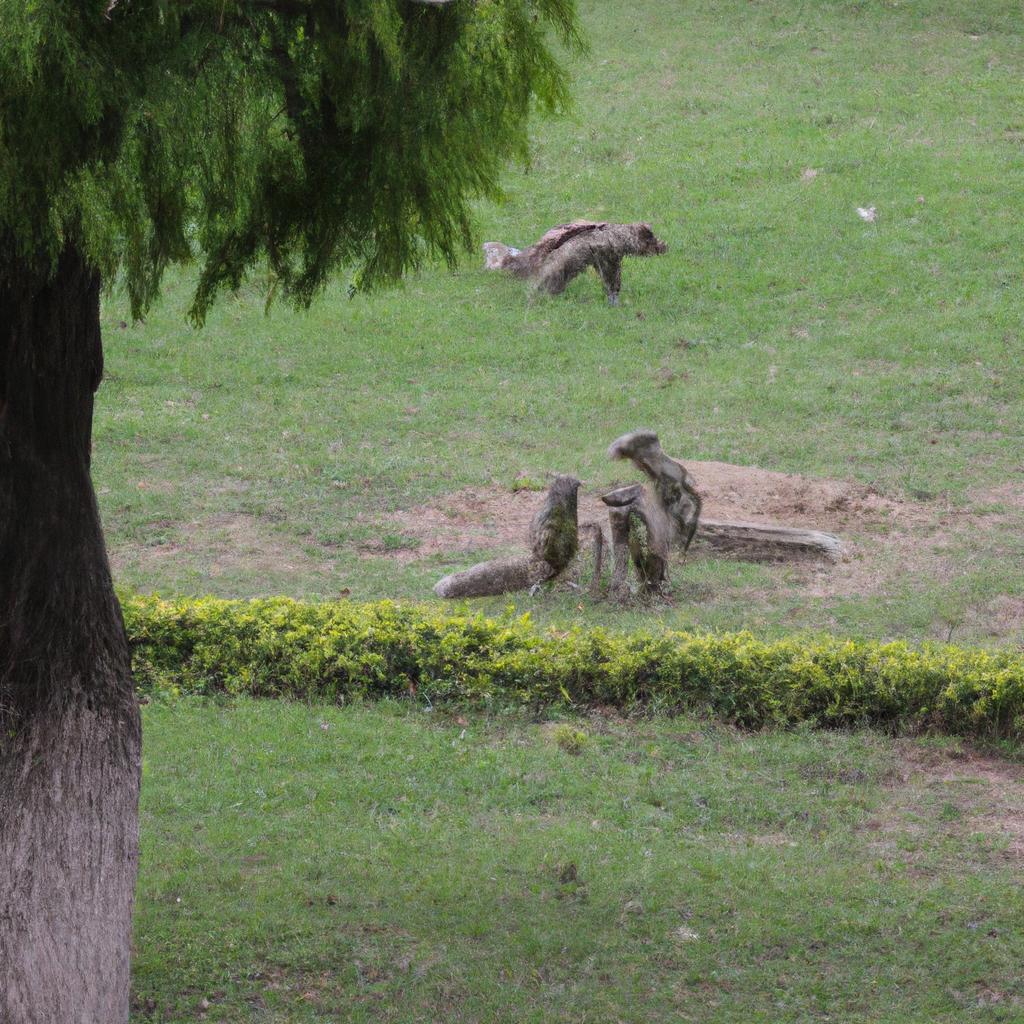
A playful family of squirrels having fun in a garden
Attracting garden wildlife to your backyard requires some effort, but the rewards are immeasurable. Here are a few effective ways to entice these mesmerizing creatures into your garden:
Planting Native Plants
Native plants are perfectly suited to the local climate and soil conditions. By incorporating native plants into your garden, you create an attractive haven for garden wildlife that thrives harmoniously within the local environment.
Providing Water Sources
Bird baths and ponds serve as irresistible magnets for a wide range of garden wildlife, including birds, butterflies, and frogs. These water sources not only quench thirst but also offer refreshment during scorching weather.
Building Birdhouses and Feeders
Constructing birdhouses and installing feeders not only attracts birds but also provides you with an opportunity to observe them up close. By providing a reliable source of food, you can entice various garden wildlife such as squirrels and hedgehogs.
Creating Habitats
Crafting habitats such as log piles and rock gardens offers a safe refuge for garden wildlife, including insects and small mammals. These habitats foster a diverse range of living spaces, promoting ecosystem balance within your garden.
Tackling Common Challenges
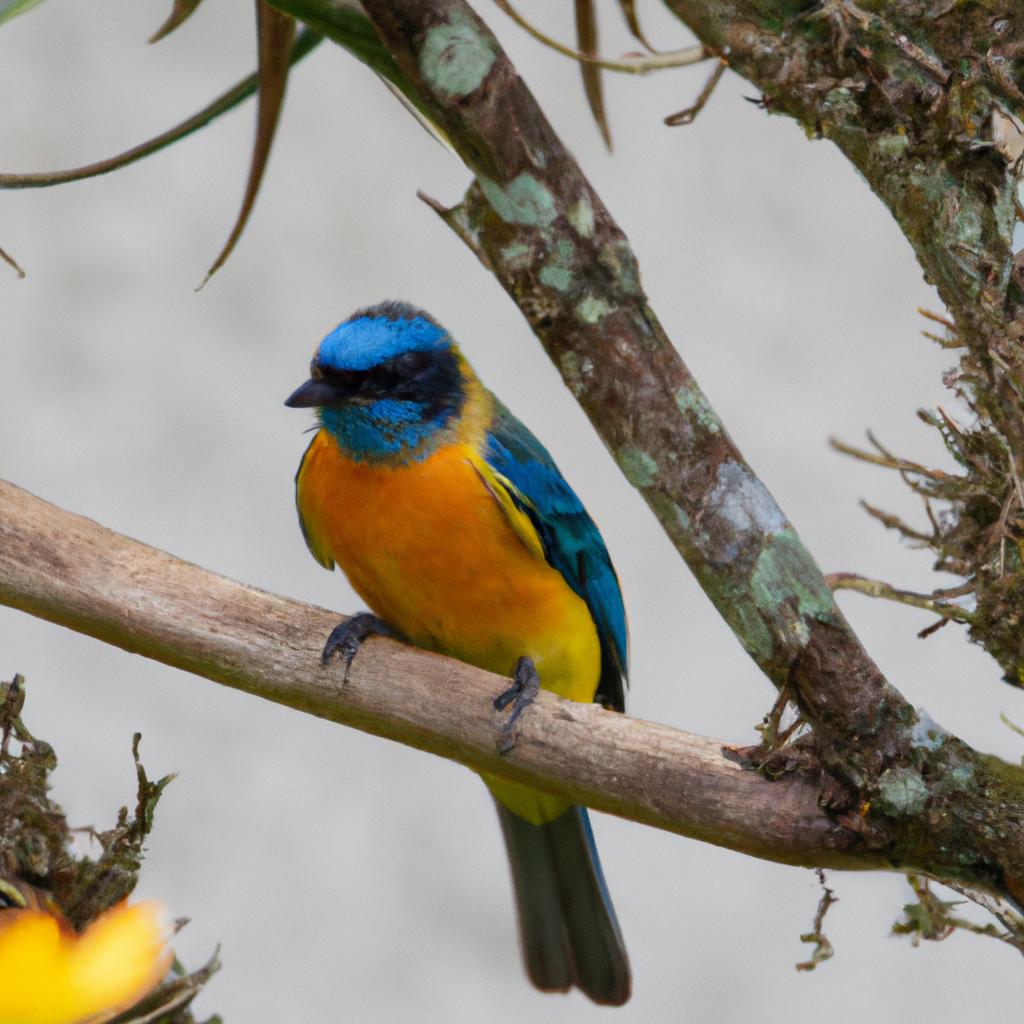
A vibrant bird resting on a branch in a garden
While garden wildlife brings immense benefits, certain challenges may arise. Here are a few common issues and how to address them:
Overpopulation
Without careful management, some types of garden wildlife can quickly become overpopulated. For example, regular feeding of squirrels may lead them to rely solely on your provisions, resulting in an influx of squirrels that your garden cannot support. To avoid overpopulation, provide just enough food and shelter for the wildlife in your garden.
Disease
Garden wildlife can be vulnerable to various diseases that can spread rapidly through your garden. Bird feeders, in particular, can become breeding grounds for bacteria and viruses, posing a risk to birds. To prevent the spread of disease, regularly clean bird feeders and other equipment used for garden wildlife.
Predators
While predators like cats and foxes play a crucial role in controlling certain types of garden wildlife, they can also become a nuisance or pose a threat to pets. Providing safe habitats and shelter for the wildlife in your garden can help prevent predators from causing harm.
Embrace the Wonders of Garden Wildlife
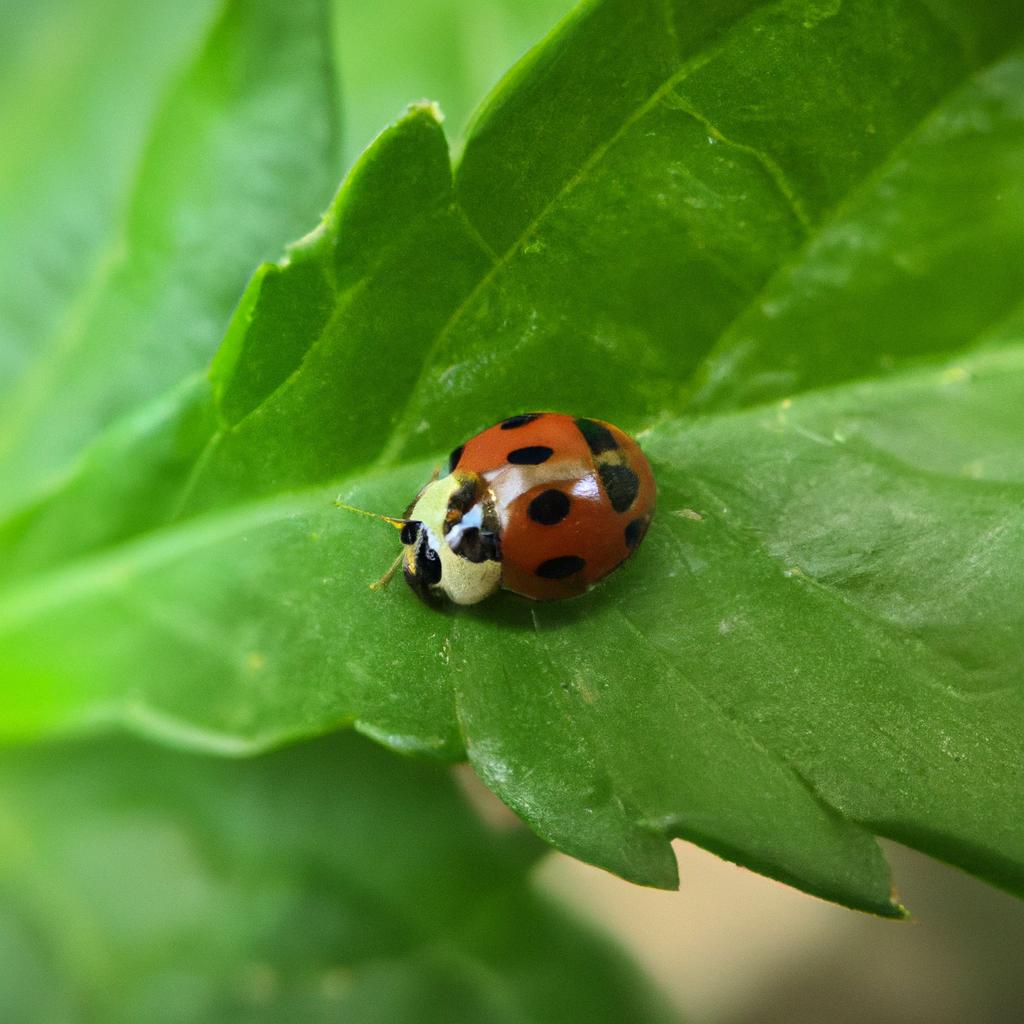
A cute ladybug exploring a leaf in a garden
In essence, garden wildlife is an indispensable component of a thriving ecosystem. By attracting birds, butterflies, bees, ladybugs, hedgehogs, and squirrels to your garden, you enhance pollination, pest control, and the availability of natural fertilizer. Nonetheless, it is crucial to remain mindful of the challenges that may arise, such as overpopulation, disease, and predators. By nurturing garden habitats for wildlife, you can create a stunning and flourishing ecosystem that benefits both your garden and the environment. At TooLacks, we wholeheartedly encourage everyone to build a garden that nurtures and celebrates garden wildlife.
For more information on creating an ideal garden habitat, visit TooLacks.
